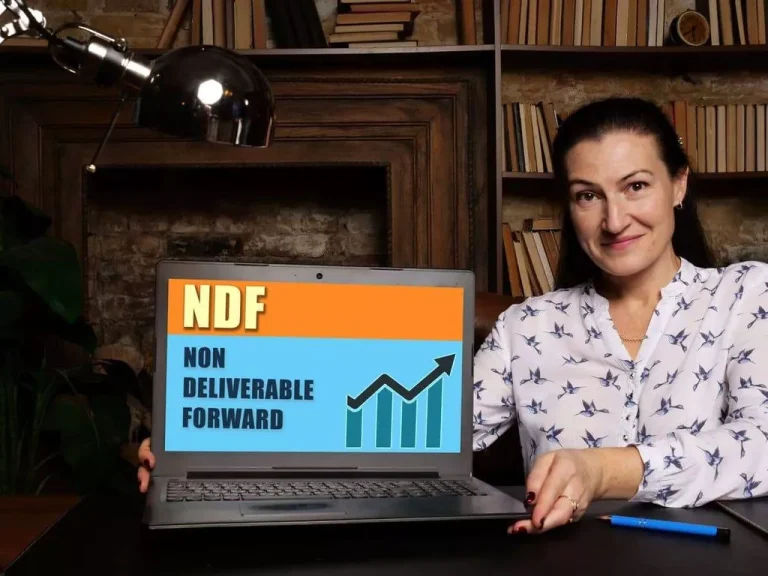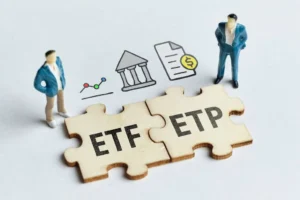Companies started using NDFs extensively in the early 1990s, primarily to guard against dangers associated with less liquid currencies. As an illustration, businesses that import wares from nations with capped currency access might utilize NDF to lock in a favorable exchange rate and reduce currency risk. This article will discuss the primary intricacies of NDF and its benefits as an investing tool.
NDF Currencies
Direct futures or forward financial contracts are known as NDFs. These agreements have grown to be a vital element of the over the counter market. Similar to a non-delivery swap, participants agree to define the discrepancy between the contract and leading spot prices. Settlement occurs when all partners agree to accept payment for a nominal amount. The dollar is generally the most common currency for these kinds of transactions. It’s your best bet if you’re an investor and reside in a country restricting forward currency usage. Forex NDFs are a valuable tool for controlling exchange rate volatility. Some of the NDF currencies include the Egyptian pound, the won of South Korea, the Taiwanese dollar, the rupees, and the bolivars of Venezuela. They come in handy when there are limitations or difficulties with currency conversion because of laws or limited liquidity in the local market.


Turnkey Brokerage Solution For Your Business
Get the most profitable fully licensed fx/crypto brokerage software or ready-to-operate business in 48 hours. Best-in-class web & mobile trading platforms, sales-driven CRM, full integration with MT4/5, and 150+ payment providers.
How a Non-Deliverable Forward Works?
NDFs frequently find a home in trading outside one specific country. The fact that there are limits on specific currencies helps to explain it. They restrict the flow of this country’s currency outside its boundaries. Consequently, paying people in local currency outside the country might be challenging. Conversely, by selecting NDF, you can turn any possible gains or losses into a convertible currency.
It’s required to compute the discrepancy, expressed in exchangeable currency, between the pre-agreed forward rate and the fixing rate throughout the contract. It’s calculated using the exchange rate in effect on the day the operation is performed. Then, the difference can be cashed or obtained in the selected currency.
These forwards represent a transient process. They control money exchanges between counterparties with a contract-specific settlement day. Gains and losses coming from the exchange imbalance are evaluated with a notional value — specifically, the conditional price of the NDF liquidity — mutually approved by both parties.
Non-Deliverable Forward (NDF) Examples
Let’s consider these scenarios as non deliverable forward example:
- Assume that Firm A, established in the US, transacts business with Firm B in South Korea, where the Korean Won is the currency in use. Firm A could start an NDF contract with Company B as a hedge against changes in the value of the Korean Won. The deal terms provide for paying the Korean Won’s current spot price on a designated date, less the non deliverable forward price.
- Likewise, picture a multinational corporation conducting business in India that wishes to insure itself against possible losses resulting from fluctuations in the value of the Indian rupee. To cut down the risk, a firm could get an NDF contract with a bank. In this case, they consent to cover the discrepancy between the NDF cost and the current Indian spot pricing.
These examples show how flexible NDFs may be in mitigating exposure to less liquid or non-convertible currencies and handling domestic currency rate volatility.

NDF Structure
NDFs have several pivotal features in addition to the crucial notional value. Let’s touch on their structure:
- Fixation date. What matters most is the arranged date. It indicates the point at which the NDF and spot rates combine. It also shows how much the transaction’s notional value is worth.
- Settlement day. Both parties fulfill the commitments to resolve exchange rate discrepancies on this day.
- NDF rate. Determined during the transaction stage, it’s the actual exchange rate between the currencies in question.
Moreover, there’s a spot rate. As a standard for comparison in non deliverable forward transactions, it’s the latest rate the national bank has to give.
Why Should A Broker Offer NDF Trading?
For brokerage businesses, NDF trading might be a calculated move. It’s particularly pivotal if the firms want to grow the scope of their services. Let’s dwell on some explanations for why it may be revolutionary.
Profit prospects
NDFs are extremely valuable when standard currency trading limitations are in place. For brokerage professionals, the distinction between NDF and current costs in the spot market is helpful. Through the application of sophisticated risk management techniques, they maximize their market profitability.
Expansion of clientele
Brokers get the best out of capturing this important, yet sometimes overlooked, clientele by implementing NDF trading. They frequently possess a great deal of devotion and knowledge. As a result, there is a rise in trading volumes and profits.
Competitive advantage
A brokerage business may stand out in a highly competitive sector with an NDF trading product. It highlights the company’s dedication to supplying all-inclusive economic solutions and displays its proficiency in steering through intricate trading situations.
Deliverable Forward VS Non-Deliverable Forward
Both derivative financial tools are designed to handle currency risks. However, it’s worth understanding that they have differences. Let’s review its features:
| NDF | Deliverable Forward |
| It’s a monetary transaction that doesn’t require an actual currency exchange. | It entails physically swapping the base currencies, part of the forward contract. |
| Displays the currencies of rising economies that are not widely convertible or accessible on open markets. | Mainly refers to currencies readily convertible and accessible on public markets in industrialized nations. |
| Provides cash payment, removing the danger coming with money delivery. | Increases the possibility that the settlement won’t proceed on the pre-defined day. |
| Base rate and forward discount or premium determine pricing. |
Non deliverable forward provides investors with a few benefits. They protect against exchange rate alterations in markets with restricted or non-convertible currencies. They likewise streamline the cash payment procedure. Including non deliverable forward in an asset portfolio may help brokerage businesses become more dominant in the market. Brokerage firms may zero in on advanced clientele by providing this specialist tool, which supercharges their position in a cutthroat market and promotes portfolio diversification.






